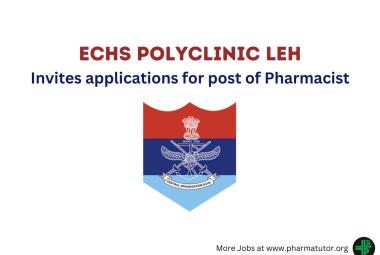FORMULATION AND EVALUATION OF DRY POWDER INHALERS OF BUDESONIDE FOR PULMONARY DELIVERY
About Authors:
Neethu.R.R
Uthradam
Kannayamkodu
Chenkikunnu
Kilimanoor.P.O, Trivandrum dist, Kerala 695601
neethalekshmi87@gmail.com
Abstract:
Budesonide is a corticosteroid, used in the treatment of inflammatory conditions such as asthma and COPD. The present study was undertaken with the aim to formulate and evaluate dry powder inhalers of Budesonide for pulmonary delivery. Dry powder inhalers of Budesonide were prepared using different concentrations of fine lactose and magnesium stearate by Geometric dilution method. The drug-carrrier compatibility study was carried out by FT-IR studies. A total of eleven batches were formulated and evaluated for physical appearance, average fill weight, flow properties, particle size analysis, content uniformity, moisture content and assay. In-vitro drug deposition studies were carried out by using Modified Twin Stage Impinger (TSI) apparatus. Of all eleven batches, the formulation F4, comprising of fine lactose 30% was found to be the best having comparatively higher fine particle fraction (FPF) of 25.32%. The result indicated that the amount of drug that reaches in the lung was higher for formulation F4. Further invivo safety and deposition studies on suitable animal models and human volunteers will give better insight for clinical applications of the Budesonide DPI.


 About Authors:
About Authors: About Author:
About Author:  About Author:
About Author: About Author:
About Author: About Authors:
About Authors:







.png)


